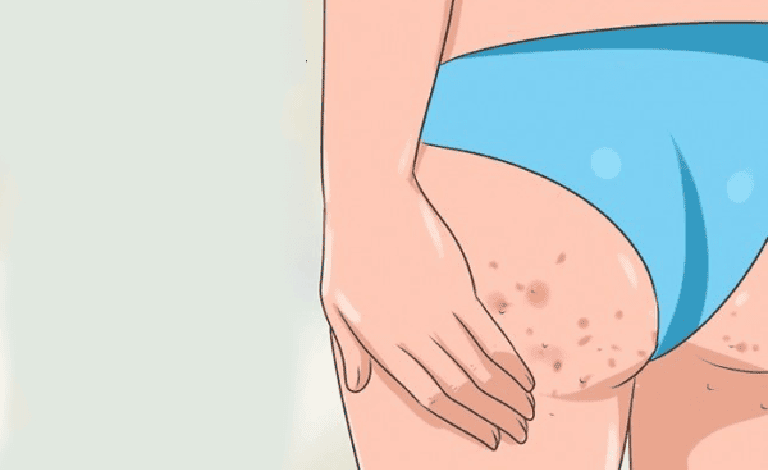How to Exfoliate Keratosis Pilaris Naturally: DIY Tips
As a beauty enthusiast, it's essential to grasp the intricacies of different skin conditions to provide effective care. One such condition that often requires focused attention is keratosis pilaris (KP). This common, yet benign, skin ailment is marked by rough, bumpy patches, typically appearing on the arms, thighs, and cheeks. Although it poses no health threats, it can lead to cosmetic concerns. So, what natural methods can we explore to alleviate this condition? In this article, we will discuss how to exfoliate keratosis pilaris naturally for smoother, healthier skin.

Understanding Keratosis Pilaris
Before we delve into natural exfoliation techniques, it's vital to comprehend the causes of keratosis pilaris. KP occurs when keratin, the protein that shields the skin from harmful elements, accumulates and obstructs hair follicles, resulting in small, hard bumps commonly referred to as 'chicken skin.' While a definitive cure doesn't exist, consistent exfoliation can diminish the visibility of these bumps. For more in-depth information about KP, check this article on the British Association of Dermatologists website.
Natural Exfoliation Techniques
Baking Soda Scrub
Baking soda serves as a gentle yet potent exfoliant. To create a baking soda scrub, combine two tablespoons of baking soda with water to make a paste. Massage this paste onto the affected areas in gentle, circular motions for a few minutes before rinsing off with warm water. This straightforward method efficiently helps remove dead skin cells and unclog pores, leading to a smoother complexion.
Oatmeal and Yogurt Mask
Oatmeal is celebrated for its soothing properties and can assist in calming irritated skin. Mix ground oatmeal with plain yogurt to form a nourishing mask. Spread this mixture onto the areas afflicted by KP and leave it on for 15-20 minutes. The lactic acid in yogurt acts as a gentle exfoliant, while oatmeal helps alleviate redness and irritation, significantly improving skin texture with regular use. For more information, check out our article on Oatmeal Bath.
Sugar and Coconut Oil Scrub
Sugar is a natural exfoliant that effectively eliminates dead skin cells, while coconut oil offers deep hydration. Combine equal portions of sugar and coconut oil to whip up a scrub. Massage this mixture gently onto the skin in circular motions, then rinse thoroughly. This scrub not only provides exfoliation but also leaves your skin feeling soft and moisturized. For further insights, visit our article on Coconut Oil Benefits.
Incorporating Exfoliation into Your Routine
For beauty professionals, weaving these natural exfoliation techniques into your treatments can provide clients with a comprehensive skincare approach. Consider offering tailored consultations to identify the best exfoliation method aligned with each client's unique skin type. Furthermore, emphasize the importance of regular exfoliation and hydration for maintaining vibrant, healthy skin.

Frequently Asked Questions
Is keratosis pilaris treatable?
While there is no permanent cure for keratosis pilaris, consistent exfoliation and moisturizing can help lessen the bumps and enhance skin texture.
How often should I exfoliate keratosis pilaris?
It's advisable to exfoliate the affected areas 2-3 times weekly. Over-exfoliating can irritate the skin, so finding a balanced routine that suits your skin type is essential.
Are there any other natural remedies for keratosis pilaris?
Absolutely! Besides exfoliation, keeping the skin hydrated with natural oils like coconut or jojoba oil can maintain skin softness and decrease keratin buildup. For additional information, visit the British Skin Foundation.
How to Differentiate KP from Other Issues?
If you're wondering about the distinctions between keratosis pilaris and other skin conditions like acne, check our guide on KP vs. Acne to understand their unique features.
Is Aloe Vera Useful for KP?
Aloe vera is renowned for its healing properties. Read more about how it can aid in managing keratosis pilaris by visiting our post on Aloe Vera Benefits.

